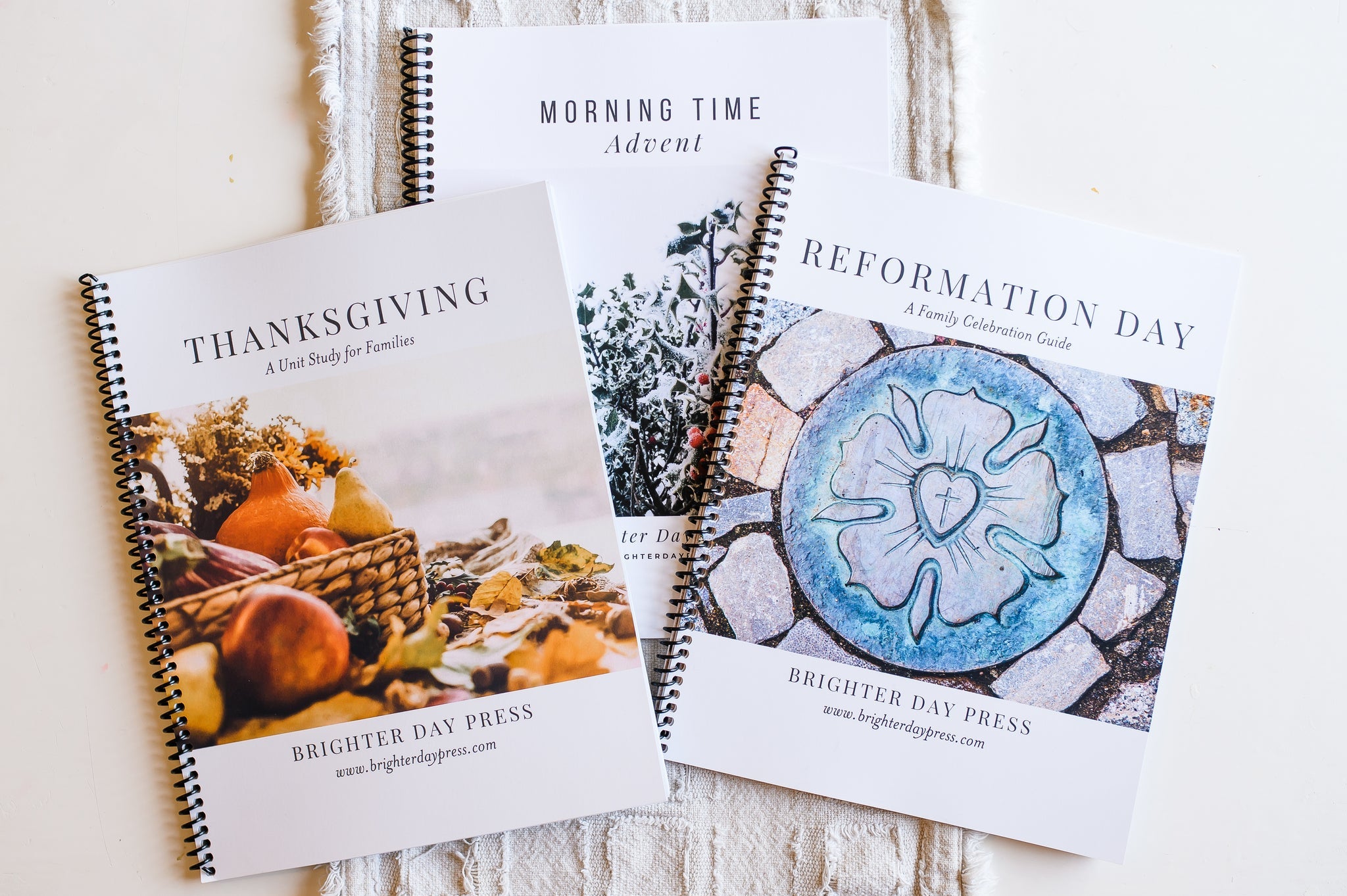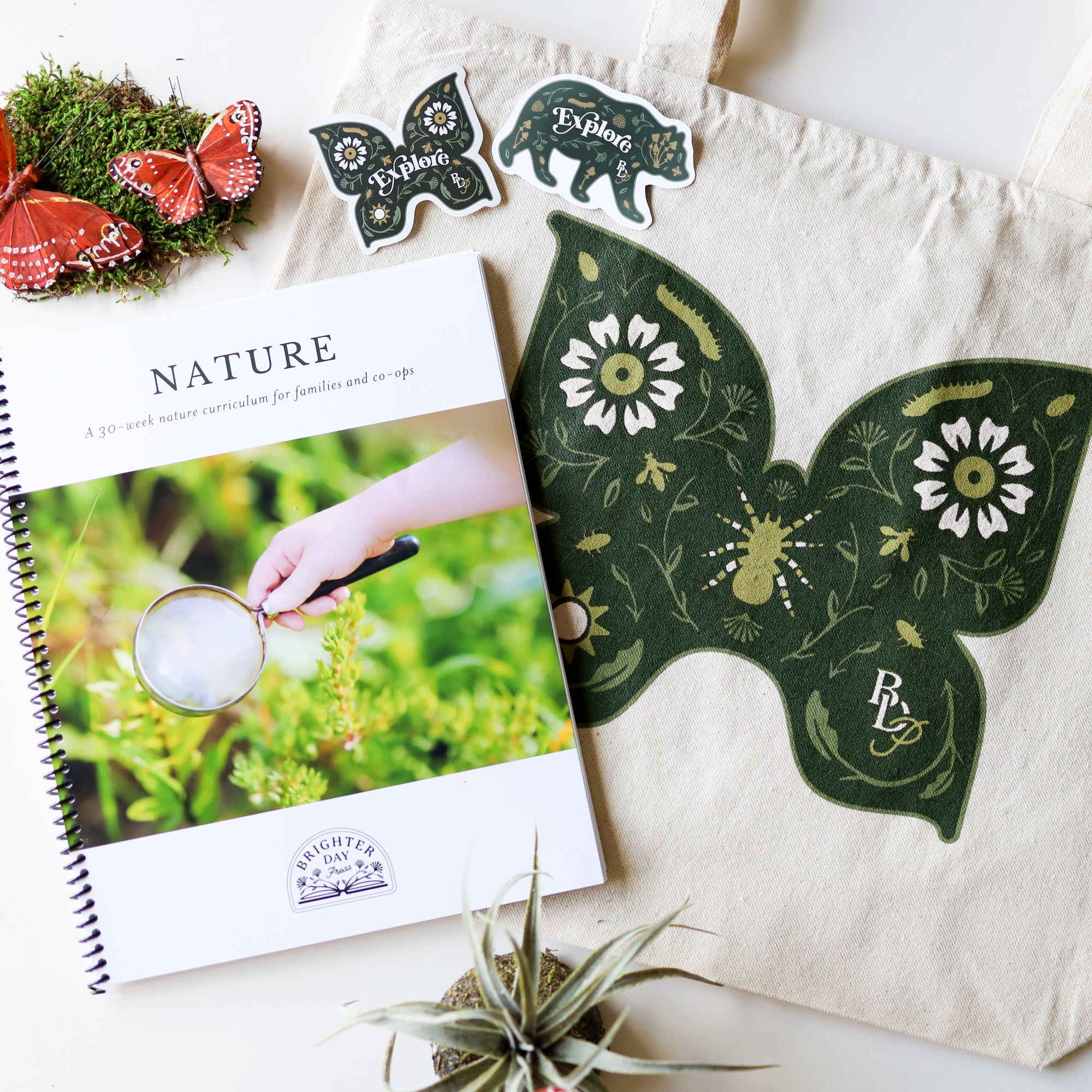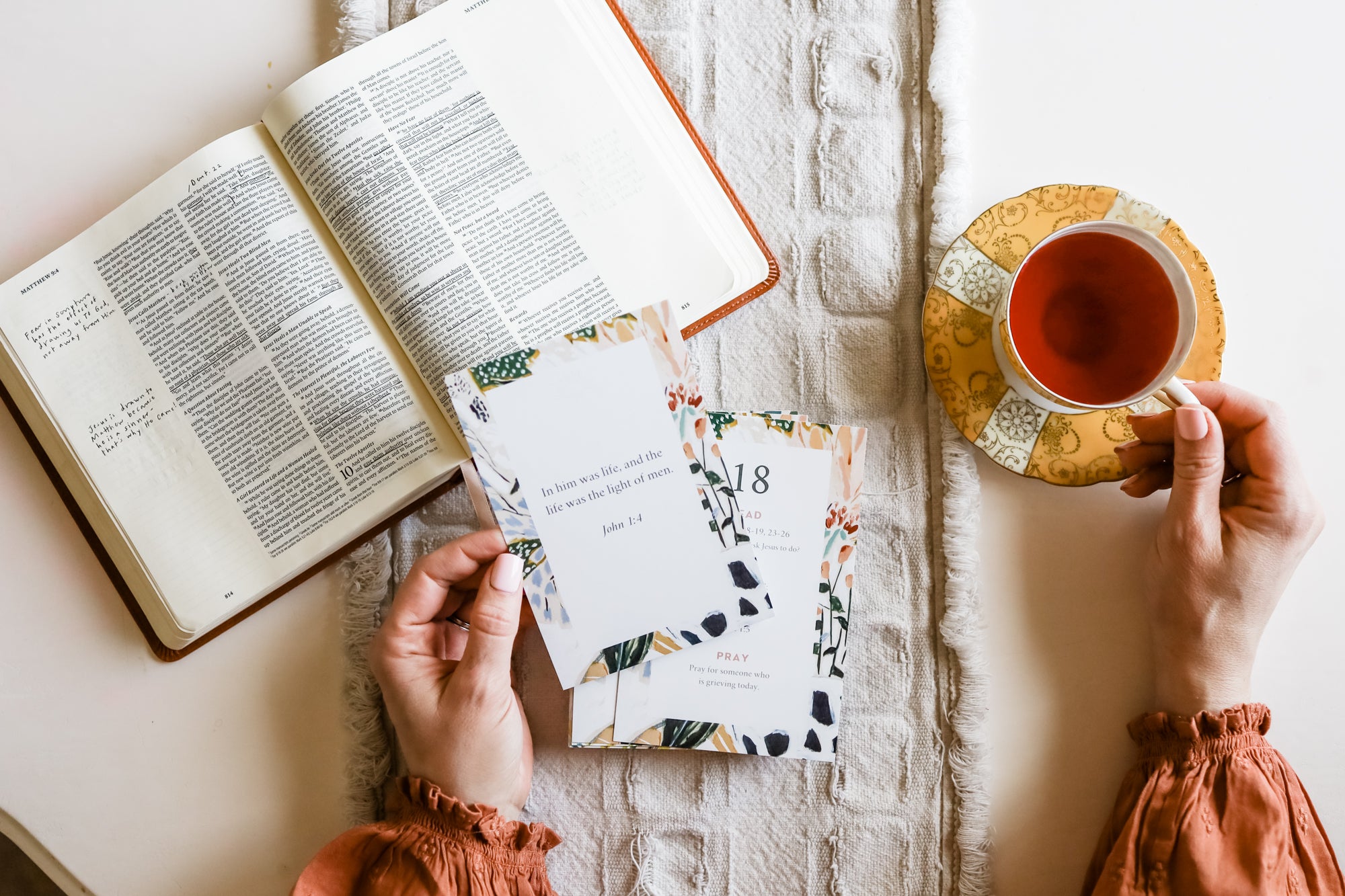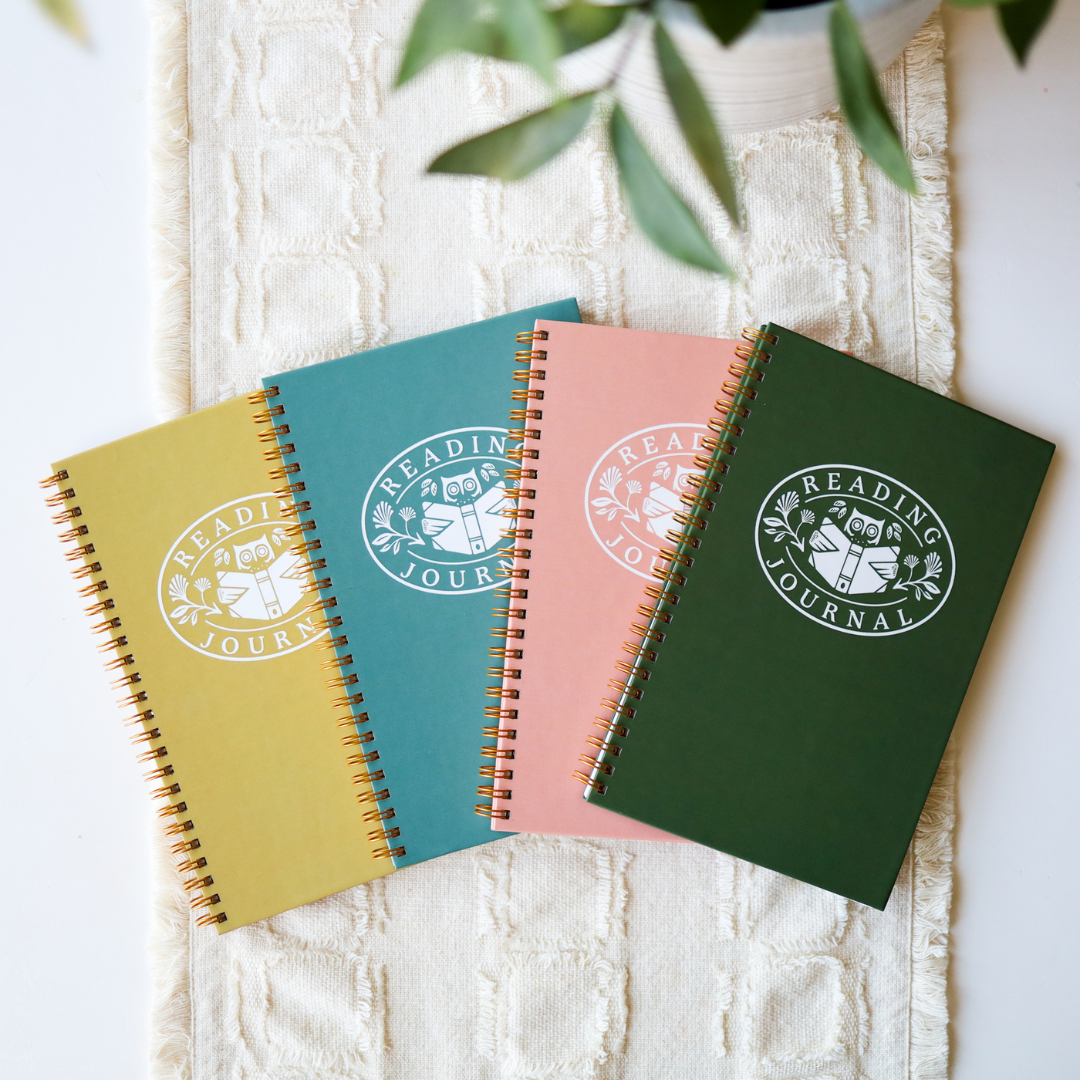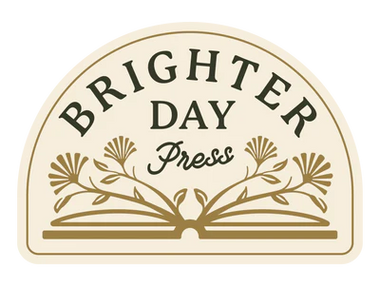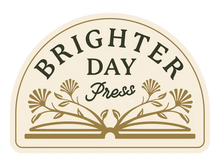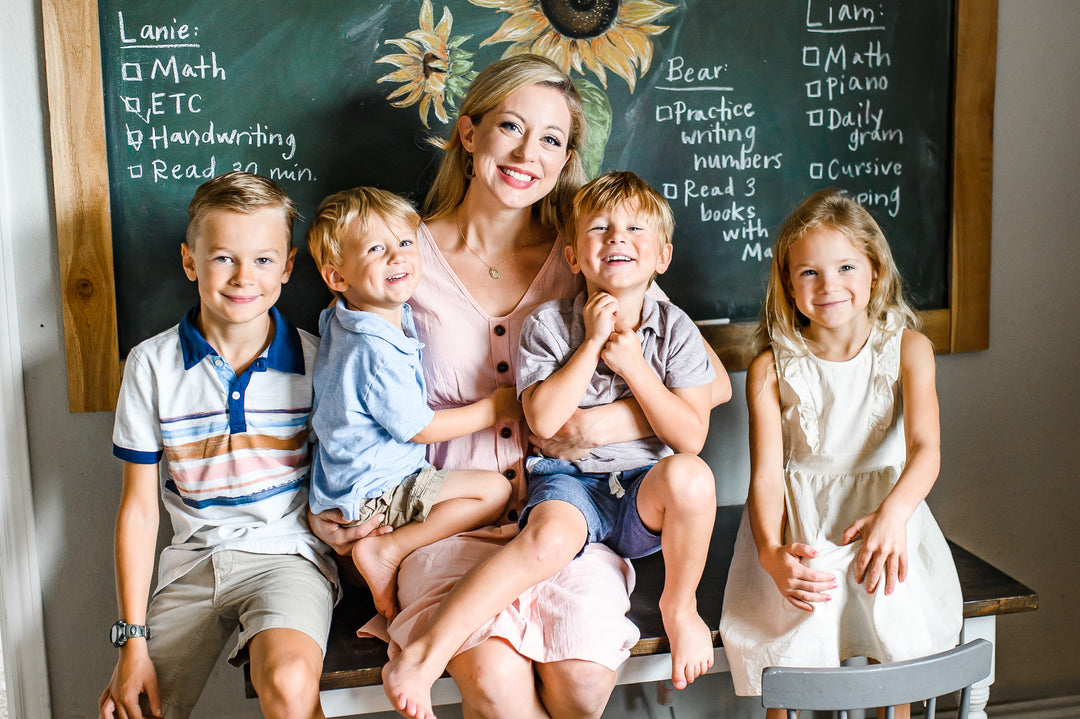How I Taught Each of My Children to Read (And Why It Looked Different Every Time)
Teaching Liam to Read
When we began homeschooling our oldest son Liam in preschool, I had high hopes that he would be an early reader. He already loved being read to, and I knew that once he could read independently, a whole world would open to him.
At age four, Liam was already showing signs of readiness—an insatiable curiosity about books and the ability to recognize (and remember) letters and their sounds.
But I also felt torn.
I’d read about the impact of delayed reading, about the research from places like Finland where children don’t formally learn to read until age seven and yet still perform well academically. I found myself looking for a middle road—one that honored Liam’s readiness without forcing flash cards or burning him out before we ever began.
Just before he turned five, we started Teach Your Child to Read in 100 Easy Lessons. We would do a lesson or two a day, and for Liam, it worked beautifully. By the end of the program, he was reading at a second-grade level. After that final lesson, he took off—reading nearly 60 Magic Tree House books before turning six. Most importantly, he loved reading and learning. He had deep comprehension and a growing curiosity about the world around him. That was always the goal.

A Disclaimer
I’ll be honest—when I got started, I didn’t know anything about the differences between phonics and sight words or what any of that really entailed. I just knew I wanted my kids to love reading. Over the years, we’ve stumbled into a few different approaches, and while it hasn’t been perfect, what we’ve used has worked—and for that, I’m so grateful.
Teaching Lanie to Read
When it came time to teach Lanie, our second child, we had an entirely different experience.
I assumed the same method would work for her, but around lesson 50, it became clear that she was completely losing interest. The dry format and lack of color in Teach Your Child to Read just didn’t hold her attention. She needed something more engaging, more visual, more hands-on.
That’s when I found 100 Gentle Lessons in Sight and Sound from A Gentle Feast. It’s based on Charlotte Mason’s methodology, combining phonics and sight words with nursery rhymes. It also includes a mix of hands-on activities, poems, and picture study, making it an enjoyable way to build a strong foundation in reading without feeling overwhelming. It was exactly what Lanie needed. We paired it with wooden Montessori-style movable letters and everything clicked. She began looking forward to lessons, and I could see her confidence building every day.
Teaching Bear to Read (and Looking for Readiness)
By the time we got to Bear (our third child), I had learned to wait for more signs of readiness. For me, that includes several signs:
-
A natural interest in letters and books
-
Motivation to read on their own
-
Letter recognition and remembrance (which tends to follow interest!). If I introduce a letter and they forget it the next day, I wait. If they’re picking it up quickly and they seem motivated, we move forward.
With Bear, we began the year using the Happy Cheetah program and genuinely enjoyed the pace and structure. Bear had watched his older siblings learn to read, and he wanted something new and exciting to dive into, which is why we tried a new curriculum. Happy Cheetah uses short, structured lessons with handwriting, phonics, copywork, and readers. With a lot of built-in repetition, it’s ideal for early learners and struggling readers. I’m not sure I would say it’s a great fit for students who catch on quickly.
About halfway through the program, Bear suddenly caught on to reading and took off—and didn’t want to practice repetitive reading lessons anymore. He was ready to jump into real books, and I followed his lead. We didn’t finish the program, but it served us well during the season we needed it. Bear is now a voracious reader and is reading well beyond his grade level.
Teaching Beckham to Read
Now I’m working with Beckham, our fourth child, and—surprise!—his path looks different, too. We’re currently using a slow and steady combination of 100 Gentle Lessons in Sight and Sound and BOB Books for extra practice. He’s showing interest, and we’re following that interest with flexibility and patience.
Why Use Different Programs for Each Child?
The main reason I’ve used different reading programs for each child is because every child is different. What captivates one might completely miss the mark for another. But also, it’s helped me as the teacher. With a new child learning to read every couple of years, it’s been life-giving to change things up. Using different methods and materials has kept the process fresh and engaging for both of us. The goal is to produce confident, fluent readers in our home who love reading, and that path looks different for each child.
My Personal Favorite Program
If I had to choose a favorite as a teacher, I most enjoyed the variety in 100 Gentle Lessons in Sight and Sound. It offered just enough hands-on practice to keep things engaging without overwhelming me with a million parts or prep work. The daily lessons were beautifully varied—copywork one day, sequencing a rhyme the next, phonics practice, games, and word building. It felt manageable and meaningful, which is a great combination.
The Power of Reading Aloud
One of the most powerful tools in teaching my kids to read has been simply reading aloud to them—day after day, year after year. Long before they could sound out a single word, they were absorbing language, vocabulary, sentence structure, and the cadence of beautiful writing. Reading aloud builds their attention span, fuels their imagination, and gives them a deep love for books that motivates them to want to read on their own.
Other Resources We’ve Enjoyed While Learning to Read
Our kids have also enjoyed playing with these phonetic reading blocks (they even travel well!) while learning how to read. And if you’re looking for great beginning book suggestions, here’s a list of our favorites. Finally, once your child begins to read, here are some ideas for how to build a love for reading in those early days.
Final Encouragement
Don’t be discouraged if your child isn’t ready to read at five or even six. Some children are cognitively and neurologically ready earlier; some aren’t. And the beauty of homeschooling is that we get to honor their timing. We don’t need to rush. When we wait for that moment of readiness, we aren’t wasting time—we’re building trust and laying a foundation for a lifetime of learning.
